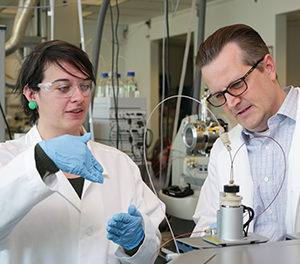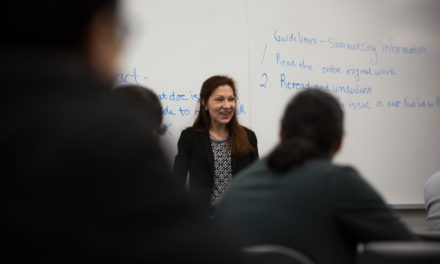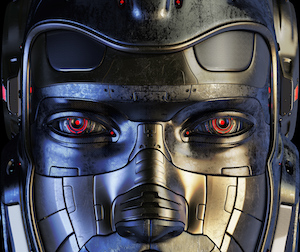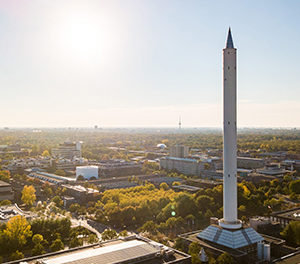The big boom
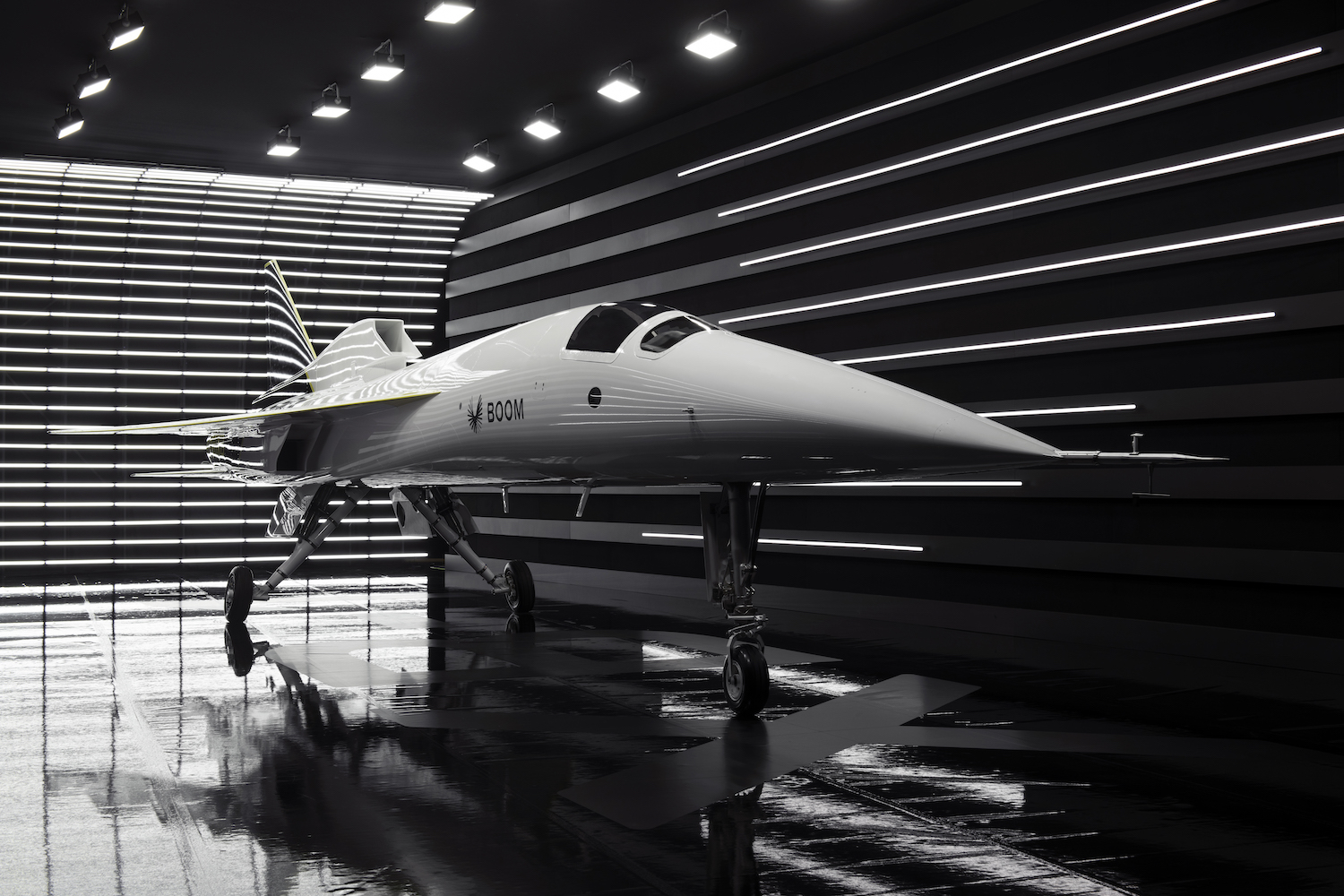
Flying faster than the speed of sound may still seem futuristic for the average person, but nearly 20 years after the first commercial supersonic aircrafts retired their wings, what once sounded like science fiction might once again become a reality. Thanks to technological advances and innovative minds, we are on the cusp of a new generation of travel that will provide people with the ability to traverse the globe faster and more often while minimizing adverse effects on the planet.
One company in particular, Boom Supersonic, is keeping the dream of ultra-fast travel alive by creating XB-1, the first independently developed supersonic aircraft, a demonstrator it will use to build a future supersonic passenger aircraft called Overture.
We asked Boom Supersonic—and several of the Mines alumni who work there—for more details about this technology and what the future of travel might look like. This is what we learned.
Supersonic travel isn’t easy, but XB-1 is optimized for performance.
One of the central design challenges engineers had to address was essentially figuring out how to put two airplanes into one. The plane must fly efficiently at high speeds while also being able to take off and land at slow speeds, so engineers were tasked with developing a design that balances both.
At 71 feet long, XB-1’s long and slender shape allows for ideal aerodynamics, and the carbon-composite frame maintains its shape under extreme heat. The aircraft’s three engines provide more than 12,000 pounds of thrust to fly at supersonic speeds, and the delta wing is optimized for low-speed stability and high-speed efficiency. XB-1 also leverages a high-resolution video camera and cockpit display to give pilots a virtual window through the nose and superior runway visibility for landing.
And every design decision took safety, accessibility and the plane’s environmental footprint into consideration—in fact, Boom Supersonic is committed to making their Overture fleet carbon neutral and capable of running on sustainable alternative fuels.
“The challenges that we face in designing a supersonic airliner that is safe, economically viable and sustainable have been growing throughout the past 50 years and is not a problem that can be solved by applying the same techniques as previous airliners,” said Allison Pelzel ’17, MS ’18, an aircraft performance engineer who has worked on both XB-1 and Overture. “It takes strong problem-solving skills and determination to solve each new problem—this is one of the lessons that Mines teaches best.”
Recent innovation in supersonic technology was made possible by past aerospace advancements and bringing different skill sets together.
Over the years, new ideas such as building aircraft with a carbon fiber material instead of aluminum, using computer simulations for testing instead of wind tunnels, overhauling the jet engine design and more were key to XB-1’s design, each component working together to create the safest and most efficient model.
“New technologies are allowing us to design, build and test at speeds which are increasingly only limited by the scope of our imagination,” said Benjamin Collins ’12, a manufacturing engineering and CAD/PDM administrator.
Ryan McKay ’07, a mechanical engineer on the project, said even his own experiences working in different industries and gaining a multitude of disparate skills allowed for new ideas when working on XB-1. “Compiling experiences from multiple industries allows one to acquire a much broader perspective on how things are done and how they can be done,” he said.
Making supersonic travel a possibility again may not be easy, but for Collins, it’s worth the challenges. “We have to be brave enough to attempt our goals in the first place, humble enough to know we have much to learn to succeed and meticulous and tenacious enough to see it through to a safe and successful conclusion,” he said. “It will take a few years for the revolution to become apparent, but the world will never be the same again.”

